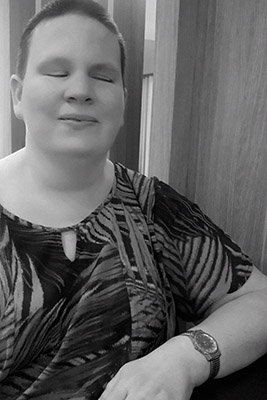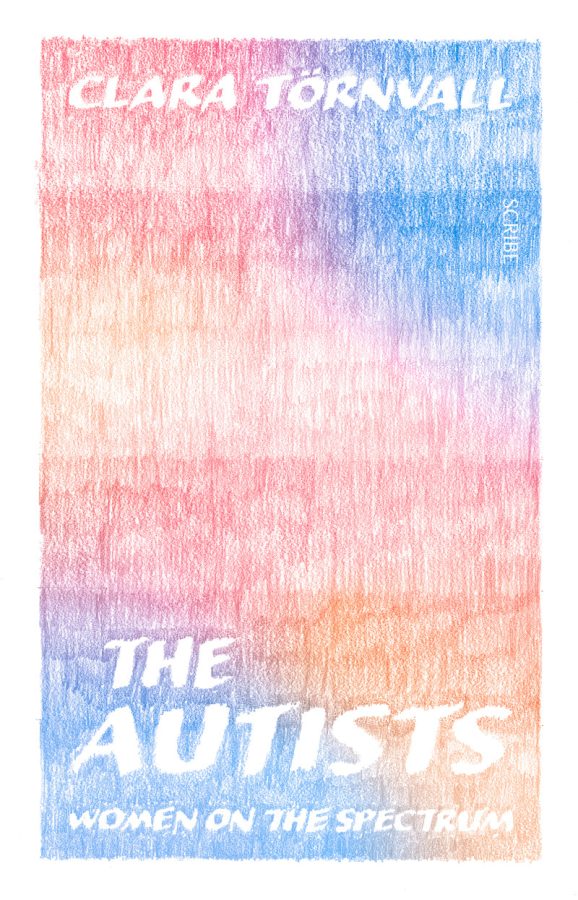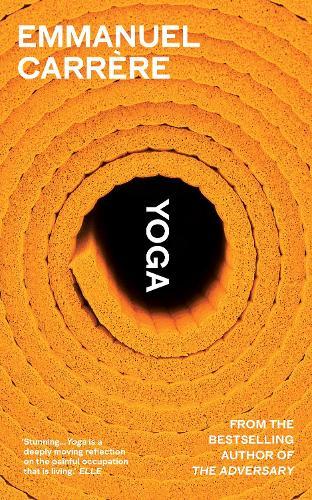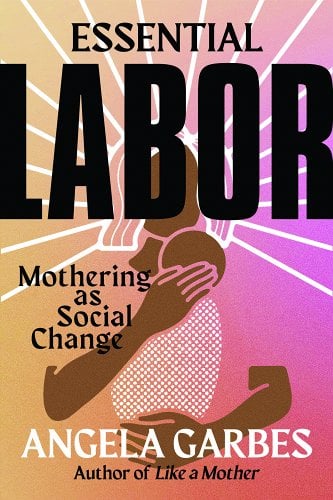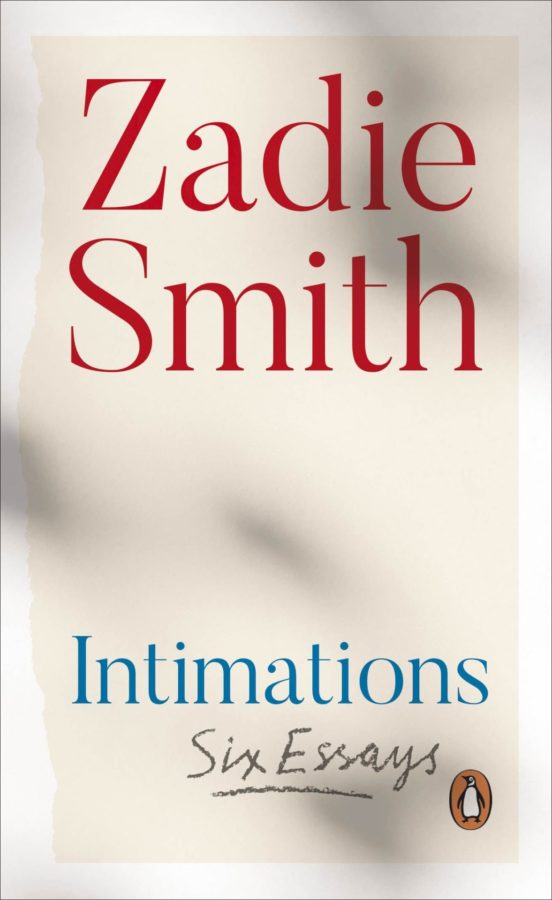On 9 May 1933, the day before the Nazis burned her book as part of their action against books of ‘un-German spirit’, Helen Keller wrote an open letter to them, which was published on the front page of the New York Times. ’You can burn my books and the books of the best minds in Europe,’ she said, ‘but the ideas in them have seeped through a million channels and will continue to quicken other minds.’ Today, if Helen Keller is thought of at all, it’s as the blind and deaf girl who, through the efforts of her teacher, learned to communicate. There’s scant acknowledgement that she was even capable of having ideas, and she’s often reduced to nothing more than testament to the ideas of others. However, Keller not only spoke, but read and wrote four languages, and was a prolific poet and essayist. The ideas that led to the Nazis burning her book Out of the Dark were contained in the essay ‘Why I Became a Socialist’.
Keller and her ideas were also frequently condemned in the United States, throughout her life and beyond. Her critics generally came from two groups: other public figures who objected to her radical politics and her support for the rights of groups such as women and people of colour — and other disabled people. Having bodily experience of lives with key similarities to Keller’s, disabled people knew, even as children, the many distortions in her stories — the daily encounters with prejudice she’d concealed, the glossy language she’d proliferated – that ingratiated her with a nondisabled audience, and sold disabled people out in the process. ‘I hated you’ Georgina Kleege writes to Keller in her 2006 book Blind Rage, ‘because you were always held up to me as a role model, and one who set such an impossibly high standard of cheerfulness in the face of adversity. ”Why can’t you be more like Helen Keller?” people always said to me.’
Australia’s Keller equivalent was Alan Marshall. He was the plucky, pure, unceasingly sunny boy from regional Victoria ‘struck down’ by polio at the age of six, but who ‘never let that stop him doing whatever he wanted to do’. Like Keller, Marshall was not generally credited with having any ideas, but he was at least recognised as having written his own book about his childhood – I Can Jump Puddles (1955). Australian disabled people, noting the same types of absences and additions in Marshall’s writing as in Keller’s, and being likewise held to the unattainable unreality of Marshall’s public image, felt equally betrayed by him. Perhaps demonstrating a typically Australian response, rather than writing a book exploring our feelings about him, we simply avoided reading him.
I became aware of both Keller and Marshall around the age of nine. Keller first, when I wrote an essay about her. I’m not sure whose idea that was; I only know it wasn’t mine. Everyone in my class had to write an essay about a famous person, and someone decided the blind girl should write about a blind girl. So my mother read an encyclopaedia entry on Keller to me, I summarised it, and handed my summary in as my essay. I didn’t understand why Keller was entitled to an encyclopaedia entry. Unlike Louis Braille, whose biography I’d read on tape, she didn’t appear to have done anything useful.
Still, I did feel deeply sorry for her, since she had had to learn to read braille from a sighted teacher, whereas I had the good fortune to have been taught to read braille by a blind teacher. Not the initial stage of associating letters and sounds and grouping those into words; but that magical next stage of understanding how words, sentences and paragraphs coalesce into stories. For me , the joy and consonance of discovering this with someone who was not only reading the same text as I was, but experiencing that text in the same code, in the same form, and at the same time was unparalleled. Sighted teachers usually only knew print, and those who knew braille read it with their eyes rather than their hands. Consequently reading with them was a disjunctive experience – we were always encountering different shapes, at different points, on different pages, with different parts of ourselves. As an adult I now suspect that my life-long love of both reading and music came from those being the only two subjects where my teachers were blind. In years one and two, when I attended a school specifically for blind students, those two teachers were also the only blind adults in my life.
The next year was 1985, when the first group of blind students were ‘integrated’ into ‘mainstream’ primary schools in Queensland. I was one of them. And this was where I was set assignments, such as the famous person essay, where the resources for me to complete them were rarely available. I did have access to I Can Jump Puddles though. It was one of those books that teachers and librarians insisted every disabled child should read – a zeal that had intensified with Marshall’s death the previous year.
It was one of the books I borrowed from school, from a fiction catalogue that also had few similarities to and many differences from the one my classmates had access to. Their library was two adjoining massive rooms, full of wooden bookshelves, full of books. The braille library at school consisted of two sets of metal shelves which, even at capacity, as they usually were not, couldn’t hold nearly as many books as two rooms full. Fewer still if you take into account that one page of standard print converts to two to three pages of braille. The books were a mixture of class set texts, and the books that the education department librarians believed blind students should be reading. A blind student was welcome to request the brailling of any book at all. However, if the librarians didn’t approve of the content, or did approve but thought the person requesting it shouldn’t be reading it, it wasn’t brailled, and that was that. A blind friend of mine from another school discovered this when she requested the brailling of the book that all her friends were reading – Flowers in the Attic. If you’re wondering how old she was you’ve missed the point. Not having that book was yet another way in which she didn’t fit in.
I’ve since learned that this was just one chapter in a long history of restrictions on what blind people in Australia can read. A couple of years ago my partner took two months off work to create an electronic version of a book that was then only available in braille, and I assisted him with the project. The book had been written by his uncle, Jim Campbell, and detailed the early history of the Association of Blind Citizens of New South Wales. As we compared the original braille with the electronic braille, and debated whether the comma here and the lack of a comma there had been his uncle’s intention, we learned of the association’s constant advocacy efforts, from when it held its first meeting in 1902, to when Campbell wrote the book in 1939. One of the main functions the organisation devoted itself to was the establishment and maintenance of a library of braille books that any blind person in New South Wales was free to borrow from. Until July 1920 when this library opened, the only other source of braille books in New South Wales was the Sydney Industrial Blind Institution, which would refuse to lend books to blind people for reasons such as being critical of the SIBI’s policies.
The Victorian Braille Writers Association library was also the result of blind people’s passion for all blind people to have access to books. It was established in 1894 by Tilly Aston – for whom the East Melbourne federal seat of Aston is named. She, like Marshall, was from regional Victoria and, in 1891, was the first blind person in Australia to matriculate. She then went on to become the first blind person in Australia to enrol in a Bachelor of Arts, but had to withdraw in her second year, due to the unavailability of the books she needed, and was determined that this shouldn’t happen to another blind person.
The books available to me at school tended to be classics: Jane Eyre; Treasure Island; Animal Farm. I read, or at least began to read, all the fiction there was. And when I ran out of those I started on the tiny nonfiction collection. There was no poetry.
I Can Jump Puddles was one of the few fiction books I didn’t finish. I found it hurtful to read because I knew that, as much as Marshall may have been telling the truth about his experiences, he was also lying by omission. No disabled child’s life was that relentlessly cheery in my time, let alone his. I was still a few years away from high school, where I had to fight for my right to learn Japanese with the rest of my class, and try to learn science with hopelessly out-of-date and incomplete versions of the textbooks. But even in primary school, for as many teachers who read out what they’d written on the blackboard, organised for worksheets to be brailled, or planned activities that were inclusive of the whole class; there were just as many who refused to do so. It was as Keller had said, ‘The chief handicap of the blind is not blindness, but the attitude of seeing people towards them.’
I knew that, regardless of our different impairments, Marshall and I would have had similar experiences, because I knew other children with different impairments. And that was another problem with I Can Jump Puddles: in the town of Turalla and its surrounds, apparently Marshall was the only disabled person.
I did not give Marshall any more serious thought until the end of 2016. I was completing a Master of Research on the influence of impairment and disability on Australian disabled authors, and writing my application to do a PhD on the same topic. I wanted my three case studies for my PhD to have either been born with their impairment, or acquired it early, so that impairment and disability were consistent influences on their writing; and I was determined that they needed to have publicly identified as having an impairment, and been supportive of other disabled people. I knew that of the few contenders that might come to mind for anyone assessing the worth of my proposal, Marshall would be one of them, and so I researched him, with the hope of ruling him out.
This was when, since I was no longer restricted to books in braille, thanks to computers and the internet, I learned for the first time that Marshall had written more than I Can Jump Puddles. His first book, These are My People, was published in 1944 – the same year that all Australian blind children were finally given the right to an education, and four years before Keller visited Australia. I like to imagine that, despite Keller’s hectic schedule and the ever-presence of her interpreter Polly Thomson, Keller and Marshall found a moment alone. Aston, who’d corresponded with Keller until her death in 1943, may have suggested it; and Keller, who had earlier in her life found ways of keeping her relationships and engagements secret from her teacher and family, had the skills to arrange it.
She would have known his words by putting her hands on his mouth and throat, he would have been sensitive and patient enough to decipher the words she practiced daily to be able to speak. He was 46 and she was 68. With their mutual passion for writing, social justice, socialism, and the Soviet Union, they had a lot in common. They would have discussed the many joys and annoyances of actively responding to huge amounts of correspondence, and the reams of advice they both took and gave. There would have been her advice he didn’t take – ‘learn a language’ and her advice he did take – ‘so many people will tell your story, but tell it yourself so that those who want to can find it’. And then his advice to her – ‘write other people’s stories as well as your own’.
Seven years later, Keller published her twelfth book, and her first in fourteen years, a biography of her teacher Anne Sullivan, who had died in 1936. And Marshall published I Can Jump Puddles, the first of his four fictionalised autobiographies. This is The Grass was then published in 1962, In Mine Own Heart in 1963, and Hammers Over the Anvil in 1975.
Hammers Over the Anvil is something of a companion to I Can Jump Puddles. It was, Marshall said, the stories of ‘all those people in my childhood who belted me out on the anvil’. Frank Cheshire, his publisher of thirty years, refused to publish it. Cheshire reminded Marshall that people all over the world thought of him as ‘gentle, kind, brave, [and] sympathetic’ and asked ‘do you think you should destroy the image?’ To which, if you have read the book, you can easily imagine Marshall responding ‘hell yes!’
The book should not have come as a surprise to Cheshire. Marshall had already clearly decided that an image update was in order, and had in recent years begun championing more controversial topics of importance to him, including disability and sexuality. For example, Phillip Adams recalled his first day presenting on 3AW:
I’d been interviewing an old friend, the great writer Alan Marshall, who at one point talked from personal experience about the difficulties disability presents when seeking sexual partners. If only it were possible to send sexual surrogates – working girls – to help out. I suggested a name for the service: Feels On Wheels. Alan laughed. Listeners didn’t. Mind you, it wasn’t just the joke they didn’t like. Clearly many were disgusted at the thought of disabled people having sex.
By the time Adams had finished his shift the station had taken over six hundred complaints. As Marshall writes in This is the Grass, echoing Keller, ‘My handicap lay in the minds of people I met, in their attitude towards me, not in my crutches.’ I was hooked!
But what exactly was it in Hammers Over the Anvil that Cheshire felt would destroy Marshall’s image? John McLaren suggests that it was the violence, citing as examples a fight in a pub, and a man severely injured by being dragged by a horse. However, I believe that, if the violence was a problem, it wasn’t the only, or even the most significant, problem. Another was the prominence of sex which, with one hilarious exception, generally appears in the form of pregnancy. Most of the men involved were married to someone else, or single but refused to support the mother; most of the women were still at school or unmarried. There are no consequences for the men, while the women generally have to leave town either for a ‘holiday’ or forever. One of them miscarries. One of them kills herself.
Another problem, and perhaps the biggest, was that impairment and disability are presented as nuanced. In this version of Turalla, Marshall’s not just ‘brave’ and ‘a marvel’ anymore, he’s also ‘that bloody Marshall kid’, and as often as the townspeople are encouraging and accepting of him, he is also the victim of their condescension, exclusion, and violence. There’s also a number of other disabled people of all ages: a man who uses a wheelchair; a woman whose face is half covered in hair; a boy who struggles to interpret social cues; and an older lady with a memory impairment. What they all have in common is having to negotiate a society that doesn’t value them because of their impairment. For all of these people, their impairment is at worst simply a fact of life, and at best a strength that engenders creativity. This book shatters both the myth that Marshall overcame polio, along with its unspoken corollary that he could only achieve this with the help of all of the nondisabled people in his life, who were unfailingly gentle, kind, brave, and sympathetic. The truth was that the nondisabled people in Marshall’s childhood reacted to his impairment in a range of ways, and Marshall felt supported by those who valued his impairment as he did. And, most importantly, not only did polio not prevent Marshall from doing what he most wanted to do, which was write, but he was specifically advantaged by it.
This concept, that impairment not only shapes a person’s writing, but is often an asset, still encounters significant resistance today. When I tell people that I’m researching the influence of impairment and disability on Henry Lawson, Les Murray, and Alan Marshall, they’re usually surprised to learn that Lawson and Murray have impairments. Some are intrigued by the wealth of possibilities in this area that they hadn’t considered before. Others dismiss it as a subject that not only doesn’t, but shouldn’t, have value.
If attitudes haven’t changed, at least technology has. For me one of the most thrilling properties of the internet, when I first accessed it in 1994, was ready access to so much written material that was out of copyright. The very first thing I did was download Emily Dickinson’s poetry. In the quarter of a century since then it has become possible to buy, or borrow through a university, electronic versions of copyrighted material. I can then read it on a computer, using refreshable braille or synthetic speech. Usually I use both at the same time.
Even with the unpredictable accessibility of electronic texts, I still have access to exponentially more written material than I had access to growing up. I have learned, for example, that Keller had in fact learned braille from someone who had learned it as she did, because her teacher, Anne Sullivan, was blind. Towards the end of her schooling Sullivan gained some sight from a number of eye operations, but she learned braille blind, and never had typical vision. I also learned of Marshall’s publisher’s refusal to publish him. And I gained access to Hammers Over the Anvil. If I were still restricted to what has been brailled of Marshall I could only read I can Jump Puddles. Of Keller, I could read only two of her thirteen books, but six biographies of her.
This year, when I first read the entirety of I Can Jump Puddles, I realised how my own understanding of Marshall’s book and thereby Marshall himself, had been inflected at least as much by the book’s reception as its content. While he does placate nondisabled audiences there’s a lot more there, especially in the last fifth of the book. This is the part where Marshall is said to have triumphed over his impairment because he learns to ride a horse, even though it takes him a year. Here is that glorious moment:
One day, while Starlight was walking, I began gripping the saddle in various places, searching for a more secure position on which to hold. My left hand, owing to my lean in that direction, could reach far lower than my right while I was still relaxed. I moved my seat a little to the right in the saddle then thrust my left hand under the saddle flap beneath my leg. Here I could grasp the surcingle just where it entered the flap after crossing the saddle. I could bear down upon the inner saddle pad to counter a sway to the right or pull on the surcingle to counter a sway to the left.
For the first time I felt completely safe. I crossed the reins, gripping them with my right hand, clutched the surcingle and urged Starlight into a canter. His swinging stride never moved me in the saddle. I sat relaxed and balanced, rising and falling with the movement of his body and experiencing a feeling of security and confidence I had not known before.
In other words, Marshall’s breakthrough comes, not as retellers of his story would have it, when he ‘overcomes’ his impairment, but when he gives up on trying to ride horses in a standard way, and develops a method that utilises his impairment as a resource.
